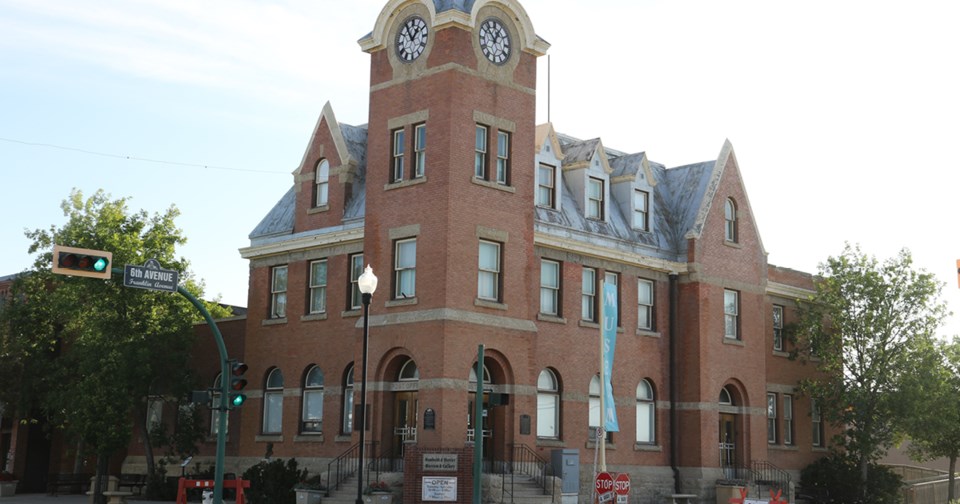HUMBOLDT — Started in 1982, the Humboldt & District Museum was originally created with a pioneer focus, and today the same exhibits can be seen in similar shape and size – but tomorrow is another story.
The City of Humboldt’s 2022-26 Cultural Services Strategic Plan laid out several strategic directions for the museum including accessing the collections to ensure connection to mandate and improve access as well as prioritizing resources to complete the redesign of the museum exhibition space.
Jennifer Fitzpatrick, Humboldt’s cultural services director, said the redesign won’t be an instantaneous renovation, and there will be no knocked down walls, but an active endeavour to focus more on local stories with smaller exhibits that can be more easily moved.
“You can take a pioneer kitchen for example and you can put it in almost any community in Saskatchewan and that can kind of reflect that pioneer era,” Fitzpatrick said.
“We want to make sure we honour those exhibits as well but really take a look at what are those really unique Humboldt stories that you can really only find within our community.”
While the strategic document lays out a four year plan for the museum, Fitzpatrick said it won’t come out of nowhere, with the museum well underway into its Stories of Humboldt exhibits which have featured local history like Doc Ogilvie, the musical Humboldt Lions Jr. Band, the Potash Pete Derby, a plane crash in 1943 and more.
“We’re doing the research now and have been for the last few years to start some preliminary research work on those stories and we know the knowledge is out there in the community.”
Fitzpatrick said when working on an exhibit, the process usually starts with a story a community member has shared with the museum. The museum then goes back to the community, finds people who have even further knowledge about the concept, does interviews, and then presents the story to the community as an exhibit.
“We’ve been doing this for quite a few years but in the next few years [we will] really change the space to present those stories, it will also look at what storylines are missing that we haven’t had enough conversations about,” she said. “Are there cultural groups missing, some underrepresented groups that we should have?”
As an added benefit of the redesign, Fitzpatrick said it will give them more flexibility for the displaying of travelling exhibits.
“We have had travelling exhibits before. It's just sometimes the space isn’t always conducive to put up a larger travelling exhibit so we want to make sure we have that.”




